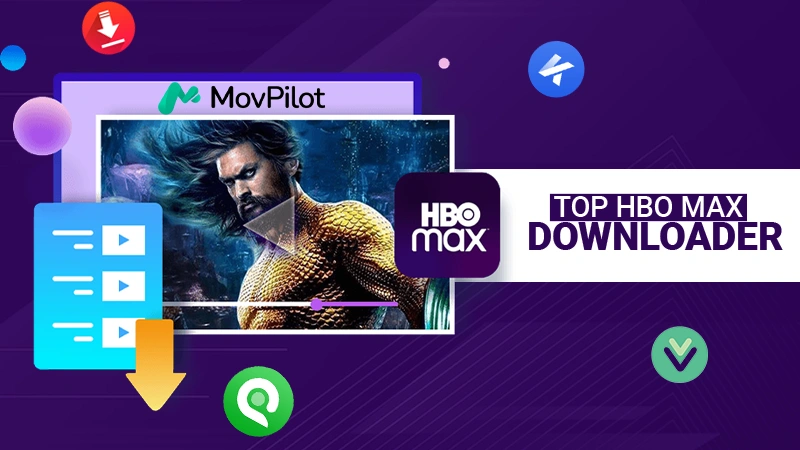The insurance industry is a large and quickly developing one, and InsurTech is a crucial part of this growth. You have the opportunity to enter this industry: as you’ll see, it is constantly growing now.
There is an excellent guide dedicated to insurance app development solutions. Before, let’s explore how they are used and why they become increasingly popular. We’ll focus on the solution software as one of the most relevant sectors.Home insurance: Protect Your Living Place
Home insurance is used to protect one’s accommodation from unexpected accidents, including natural calamities or robberies. Before exploring the methods of the software working, let’s take a look at the market details. The numbers show that this is a rapidly growing industry.
In 2019, it had $225.42 billion, and it is projected to have almost $400 billion in 2027, growing almost 1.75 times. The annual growth rate is 7.3%, meaning that there is plenty of room here.
And InsurTech is one of the main catalysts of this growth.
These apps make the process much easier and more convenient. Digitalization disrupts the market as more and more people prefer to use online services, where they can do everything by themselves. As one can find in the figure below, most insurance companies tend to work with their mobile functions to improve user experience.
So, let’s see how customers enjoy home insurance apps, with several examples, and you’ll decide whether it is worth it.
Online is Better
Let’s see how your insurance app can help your potential consumer protect their accommodation:
- Quick access to the policy list with a search function and all essential information. One can opt for the most suitable home protection policy instantly and without directly visiting the firm.
- Quick access to claims that a person initiated, enabling easy contact with the company.
- Ability to make a claim in no time, usually when an accident occurs, providing all necessary photos.
- Ability to obtain a payment instantly after the accident was confirmed.
- Managing the Consumer’s data is much easier, as a good app is transparent, and the user can go through all their data and choose what to do with them.
- Additional features, such as weather notifications and quick access to emergency services with location sharing, can be helpful in avoiding calamities and coping with them. Another possible feature is home inventory tracking, which enables users to manage items, helping them not lose them. You can see the interface of such software, Sortly, below.
You know why users prefer online insurance. Now, let’s examine the basics of home insurance apps.
Home Insurance Apps Basics
Now that the insurance functions are actual: growing industry numbers and high demand are good indicators for that. Primarily, this software’s basic features are similar to the insurance app in general.
- In-app claim processing. The customer should be able to
- Policies list with a search option and fast update to opt for the right ones; policy suggestion is also a good extension of this feature.
- Quick bill payments and notifications to ensure that the consumer will be ready to pay.
- Quick compensations right after the claim was accepted and processed based on the photos made by the user.
In the case of home insurance, a database of information can be added to provide tips and recommendations about management. In addition, a service that notifies about calamities and helps connect with emergency services instantly would also be helpful.
There are several types of apps, based on which functions they realize:
- Insurance companies often develop their own software to maintain their success in the digitalized world. Lemonade is a modern example, established in 2015, which utilizes artificial intelligence to select the cheapest and most suitable plans for its users.
- Insurance plan comparison: they simply seek and show you various propositions from different insurance companies. Examples are Gabi and Policybazaar, which work mostly with car and home policies.
- Emergency service helpers: these specific apps connect buyers and emergency services. When a person uses it to connect with services, they share their locations with firefighters, police, and doctors and vice versa to help them find each other as soon as possible. They are extremely helpful, for example, in case of fire, robbery, or heart stroke, when a quick reaction can save lives. An example is the Australian app Emergency Plus, which location-sharing interface is shown below.
How to Choose and Use the Insurance App
Let’s now elucidate how one can choose the home insurance app for oneself
- Check the claim history to understand that you’ll obtain your money when necessary.
- Check the user ratings to check whether the app is favored and respected.
- Analyze needs to understand which options you need for your home protection.
- Check the standards to know how to fill out applications and which rights you have.
Lemonade is an excellent example of a new-generation functionality. It uses AI-driven data analytics to elect which policy is suitable for them and is very quick. A user can expect to obtain payment in several minutes after submitting their claim. It has a 4.9/5 rating, which shows how much it is loved by customers, proving its efficiency. You can see its interface below: it is efficient and provides an easy support service and fast payments.
To develop such a successful home insurance app, you should evaluate how you can provide payments to your customers: either directly or by connecting them with other companies. In addition, you can provide other features, which were mentioned, such as emergency service notification.
How to Monetize
This is how the insurance app is used and why its development can be actual. Let’s evaluate what you can earn from its development.
- If you can provide an outstanding home insurance option yourself, you can obtain insurance payments directly, but it means you should comply with many laws and take responsibility for all your customers.
- Paid subscription/premium feature options are available for various functions which are mentioned: helping opt for the right policy, tips providing, weather notifying, and connecting with emergency services. In this case, you also should know the law, to understand the industry in which you’re working, but expenses will be much lower.
Conclusion
An insurance app is a good way to earn money, entering the large and growing industry of InsurTech, and home insurance is suggested as its profitable sector. Now you see why customers love these software: they can easily manage their policies and claims, obtain essential information, and receive payments quickly. Lemonade is an example of an insurance company that rose speedily using modern digital technologies.
You can consider this option for your app development. This sector is constantly growing, and you can succeed, too, by implementing features such as data analytics. They will facilitate your customers to choose the right policies and feel protected in their homes for low prices. You’ve also seen which additional features you can add, such as helping fast services and notifying about the weather and possible calamities.
Finally, remember that you must comply with all local insurance laws, and there are a lot of them.







